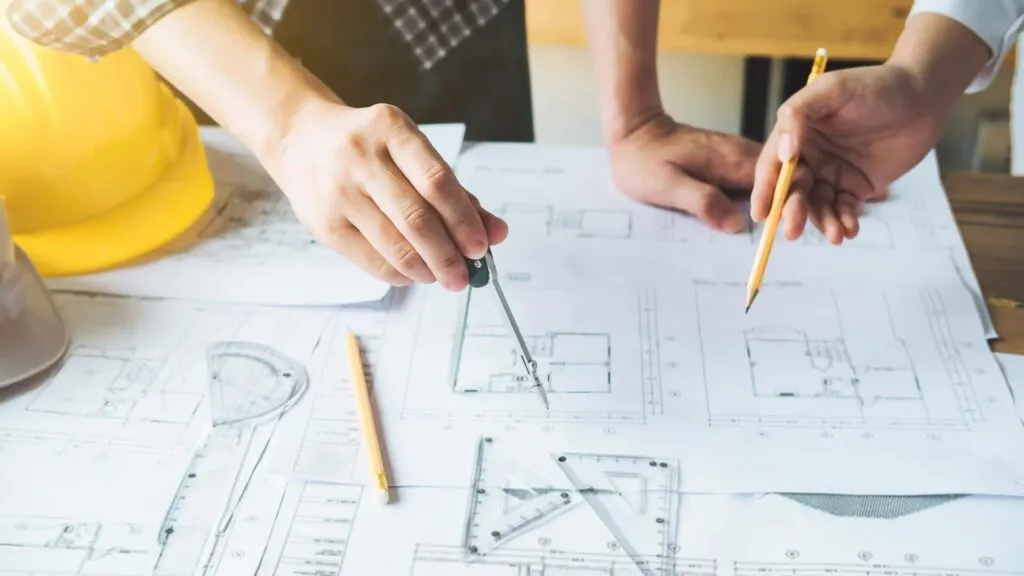When purchasing or building a home, it’s crucial to be aware of potential construction defects that may arise. Construction defects can vary in severity and impact the safety, functionality, and value of your home. The Houston residential construction defects lawyers share the most common construction home defects, their causes, and steps homeowners can take to address them.

Foundation Cracks
Foundation cracks are among the most concerning construction defects as they can compromise the structural integrity of the entire home. These cracks may result from poor soil compaction, improper drainage, seismic activity, or substandard construction practices. Depending on the severity of the cracks, repairs may involve patching, sealing, or even foundation underpinning.
Water Intrusion and Moisture Problems
Water intrusion can lead to a host of issues, including mold growth, wood rot, and deterioration of building materials. Common sources of water intrusion include leaking roofs, poorly sealed windows and doors, inadequate drainage systems, and plumbing leaks. To address water intrusion, homeowners may need to repair or replace damaged components, improve waterproofing measures, and address underlying drainage issues.
Roofing Problems
Roofing defects such as missing or damaged shingles, improper flashing, and inadequate ventilation can result in water leaks, energy loss, and premature roof failure. Regular roof inspections and maintenance are essential for identifying and addressing minor issues before they escalate. Depending on the extent of the damage, repairs may range from simple patching to complete roof replacement.
Plumbing and Electrical Issues
Plumbing and electrical defects can pose serious safety hazards and inconvenience to homeowners. Common plumbing problems include leaking pipes, clogged drains, and faulty fixtures, while electrical issues may include overloaded circuits, improper wiring, and malfunctioning outlets. It’s important to address these issues promptly to prevent water damage, electrical fires, and other potential risks.
Insulation and Ventilation Deficiencies
Inadequate insulation and ventilation can result in energy inefficiency, poor indoor air quality, and comfort issues within the home. Insufficient insulation in walls, floors, and attics can lead to temperature fluctuations and higher utility bills, while improper ventilation may trap moisture and pollutants indoors. Upgrading insulation, installing proper ventilation systems, and sealing air leaks can improve energy efficiency and indoor comfort.
Exterior Defects
Exterior defects such as cracked or deteriorating siding, damaged stucco, and improper grading can detract from the curb appeal and durability of the home. These defects may be caused by weather exposure, poor installation, or lack of maintenance. Repairing or replacing damaged exterior components and implementing proper maintenance practices can enhance the appearance and longevity of the home’s exterior.
Windows and Doors Problems
Windows and doors that are improperly installed or sealed can allow air and water infiltration, leading to drafts, energy loss, and moisture damage. Common window and door defects include gaps around frames, broken seals, and malfunctioning hardware. Sealing gaps, replacing weatherstripping, and repairing or replacing damaged components can improve energy efficiency and weather resistance.
Finish and Cosmetic Defects
Finish and cosmetic defects, such as uneven paint, cracked tiles, and warped trim, may not pose significant structural risks but can detract from the aesthetic appeal and value of the home. These defects may result from poor workmanship, improper materials, or insufficient quality control. Repairing or replacing damaged finishes and addressing underlying causes can restore the appearance and functionality of the affected areas.
Identifying and addressing common construction home defects is essential for maintaining the safety, integrity, and value of your home. By understanding the potential issues and taking proactive measures to address them, homeowners can mitigate risks and ensure their homes remain comfortable and structurally sound for years to come. If you encounter construction defects in your home, consult with qualified professionals, such as contractors and home inspectors, to assess the extent of the issues and determine the most appropriate course of action

Jessi is the creative mind behind The Coffee Mom, a popular blog that combines parenting advice, travel tips, and a love for all things Disney. As a trusted Disney influencer and passionate storyteller, Jessi’s authentic insights and relatable content resonate with readers worldwide.
